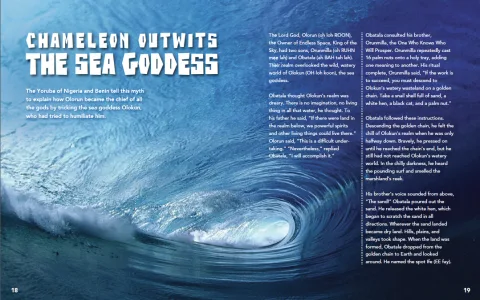Okay, let me walk you through how I dug into this whole Trans-Saharan trade thing. You know, those camel caravans crossing the desert? Always sounded kinda epic but vague to me. Decided to figure out the actual how.
What First Piqued My Interest?
Honestly, it was just seeing some old pictures, those Tuareg people in blue robes. Felt so isolated, right? How the heck did anyone trade across all that sand and heat for centuries? My history books just said “they traded gold and salt.” Yeah, thanks, super helpful. I needed more meat.
Mapping the Madness
First step was literally just pulling up a big map of Africa. Stared at it. North Africa, fertile, Mediterranean vibes. Then BOOM, massive yellow blob – the Sahara. Then below that, green and forests – West Africa. Connecting these? Forget highways. Just… sand. My brain struggled.
So, I grabbed some paper and a pencil. No fancy apps. Old school. Just trying to draw routes people actually used. Turns out, it wasn’t random wandering. There were main paths, like grooves worn into the desert floor over generations:

- Starting near Sijilmasa in Morocco, heading down to Taghaza (that famous salt mine!) then on to places like Timbuktu.
- Another big one kicked off from Tunis, snaked down through Ghadames, then hooked up with the main drag near Gao.
- From Egypt, down through the Fezzan region, eventually hitting Lake Chad area.
It hit me: These routes weren’t shortcuts. They were lifelines strung between oases. Water points were everything. Death was just one wrong turn away. Thinking about guiding a massive caravan along these paths, relying on stars and hard-won knowledge… respect.
What Were They Actually Hauling?
Okay, “gold and salt,” sure. But seriously? That was way too simplistic. Digging deeper was eye-opening. It wasn’t just gold leaving Africa, or salt entering. Stuff flowed both ways constantly.
Heading South: Salt, obviously. Like, massive slabs of it from Taghaza. But also:
- Fabrics (think North African wool and linen)
- Beans! Dates! Grain! Stuff that could survive the trip.
- Horses for warriors and kings.
- Copper, weapons, glassware… basically Mediterranean goods.
- Paper and books later on.
Heading North: Gold was king, mostly from mines near Wangara region. But also:
- Ivory – elephant tusks were pure luxury up north.
- Kola nuts – a stimulant big in Islamic lands.
- Pepper and other spices.
- Leather goods worked really well.
- And tragically… enslaved people. Can’t ignore that horrible part of it.
The realization? This wasn’t just A-to-B. It was a massive, complex exchange network. Goods might change hands multiple times along the route, piling on value. Traders specialized, sticking to specific segments.
Putting the Puzzle Together
The big “aha” moment? It wasn’t magic. It was pure human grit and smart organization. Berber traders knew the desert like nobody else. They led caravans that could have hundreds of camels. Each camel loaded down – salt slabs, bales of cloth, everything.
Think of walking for months.
Dealing with sandstorms, bandits, extreme heat, biting cold nights. Water was constantly on your mind. Reaching an oasis must have felt like paradise.
And this wasn’t just trading stuff. Ideas, religions (Islam spread big time along these routes), languages, technologies – they all hitched a ride on those camel caravans. Cities like Timbuktu boomed specifically because they were major pit stops.
Why I Found This So Cool
Going beyond the textbook fluff showed me the sheer human effort involved. It’s easy to see it as a line on a map. Actually trying to trace the routes and imagine hauling heavy slabs of salt or sacks of gold dust across 1000+ miles of desert? That hits different. It wasn’t smooth sailing, it was incredibly tough and risky. But they did it, for centuries. It reshaped whole empires on both sides of the sand sea. Pretty wild when you really think about it.




